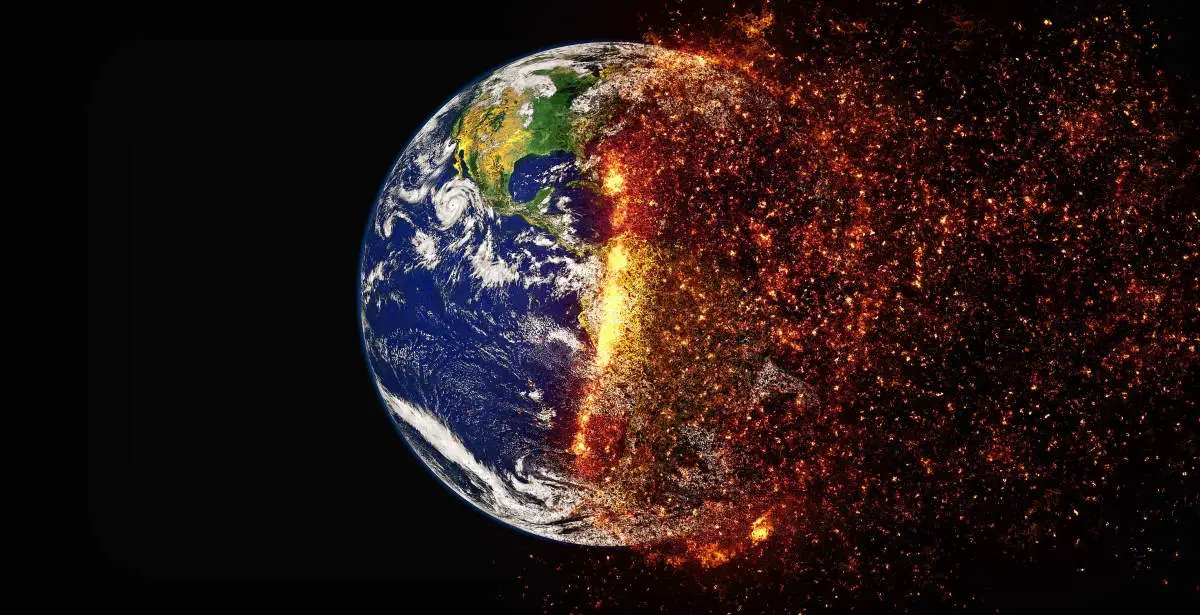The era of climate change is upon us, and if we stand idle, its far-reaching negative impact will only increase. Increased emissions of greenhouse gases like carbon dioxide, methane, and nitrous oxide play a significant role in the onset of climate change. Gases like these trap heat in the atmosphere, not allowing temperatures to fall. This results in global warming, and the subsequent climate change consequences. While this climate disaster has repercussions at many levels, its effect on public health is one of grave concern.
Public Health Consequences of Climate Change
An article by the World Health Organization lists down the various potential effects of climate change on public health. These include a change in geographic range, as well as an increased frequency of diseases like malaria and dengue, that tend to thrive in warmer temperatures. To quote the article, “Warmer average temperatures combined with increased climatic variability would alter the pattern of exposure to thermal extremes and resultant health impacts, in both summer and winter.”

Another consequence is the rise in air pollution, which is now considered the greatest health risk worldwide, caused mostly by the aforementioned burning of fossil fuels. As if this isn’t alarming enough, there will be an additional 250,000 climate-related deaths between 2030 and 2050. These statistics point to a reality that is troublesome, but one that we need to accept and prepare for nonetheless.
Finally, climate change has majorly affected public health due to the resulting rise in natural disasters. As stated in an article by Regis College, “The number and scale of natural disasters in the U.S. have been steadily increasing. According to the National Oceanic and Atmospheric Administration, there have been 241 sustained weather and climate disasters that did at least $1 billion in damages since 1980. In 2018, there were 14 such disasters. It was the fourth worst year in terms of major weather and climate disasters. Disconcertingly, the three years with more billion-dollar disasters were 2017, 2011, and 2016.”
We Need to Take Action
While knowing how to deal with large-scale climate disasters is certainly helpful, there are other, more routine measures we must take as a collective to dwindle the progressing effects of climate change. For instance, living sustainably by turning to renewable energy can greatly decrease our burning of fossil fuels. In turn, this slows global warming. Wind turbines, solar power, and other alternative energy options can go a long way in decreasing air pollution, as well as preventing and alleviating the symptoms of air quality-related health conditions.

In general, the use of harmful pollutants must be stopped. Asbestos is another such pollutant that can cause immense damage to environmental and public health. Unfortunately, asbestos is still used in various industries, mostly for chemical trade as well as to manufacture batteries, soap, and fertilizer. In fact, asbestos imports in the US now are 121% more than they were in 2016. If this continues, asbestos-related diseases such as mesothelioma, lung cancer, or asbestosis will claim thousands of lives in the near future.
Carbon and pollutant emissions can also be absorbed by plants. Unfortunately, we as humans are notorious for cutting down trees and perpetuating climate change. Deforestation has been a leading cause of the increase in greenhouse gases. Only by planting trees and supporting reforestation can we effectively combat air pollution. In fact, by planting trees in previously deforested areas alone, we can increase the global forested area by about a third, as well as remove about 205 billion metric tons of carbon emissions.
However, it is important to keep climate factors in mind when it comes to reforestation initiatives. Unsuitable flora and different soil conditions can lead to soil erosion and weaken biodiversity, for example. These concerns should be adequately researched before engaging in large-scale reforestation programs. Forested regions take will take decades to absorb the pollutants we have emitted into the atmosphere, so, it is better to start reforestation initiatives at the soonest.
While reforestation, reduction in carbon, elimination of pollutants, and switching to renewable energy are all viable solutions for climate change, the issue is too massive to be tackled with individual resolutions. Political and global leaders need to come together and implement measures grounded in science to fight climate degradation.

Widespread awareness of climate change is necessary, with individuals consciously adopting more sustainable everyday lifestyles. Supporting sustainable companies and boycotting those with no concern for the environment, rallying for the right leaders to take over, and getting involved in neighborhood environmental initiatives are all good ways to do your part. While mass-level action can result in quicker, more tangible change, it’s important to remember that individuals, too, have a role to play in safeguarding the planet from further harm.
While reversing climate change may now seem impossible, it is still not too late to decrease its negative impacts. Only once we secure our planet and climate can we save the human race from increasing public health hazards.
- Miracle Drug or Snake Oil? How Consumers Can Tell the Difference - August 15, 2022
- Why Renewable Energy is a Geopolitical Issue - March 16, 2022
- Sustainable Trends in Manufacturing and Construction - January 28, 2022

